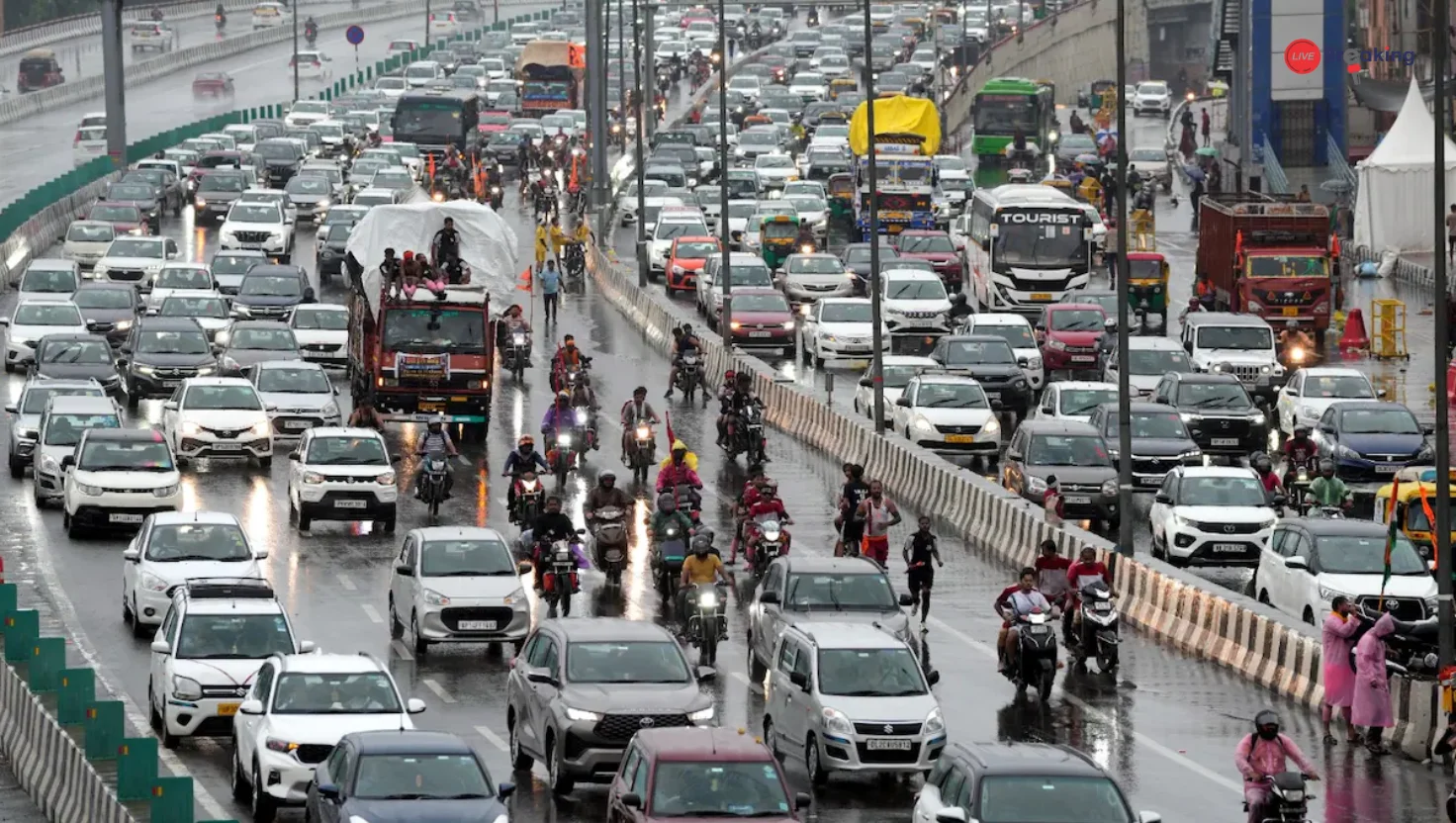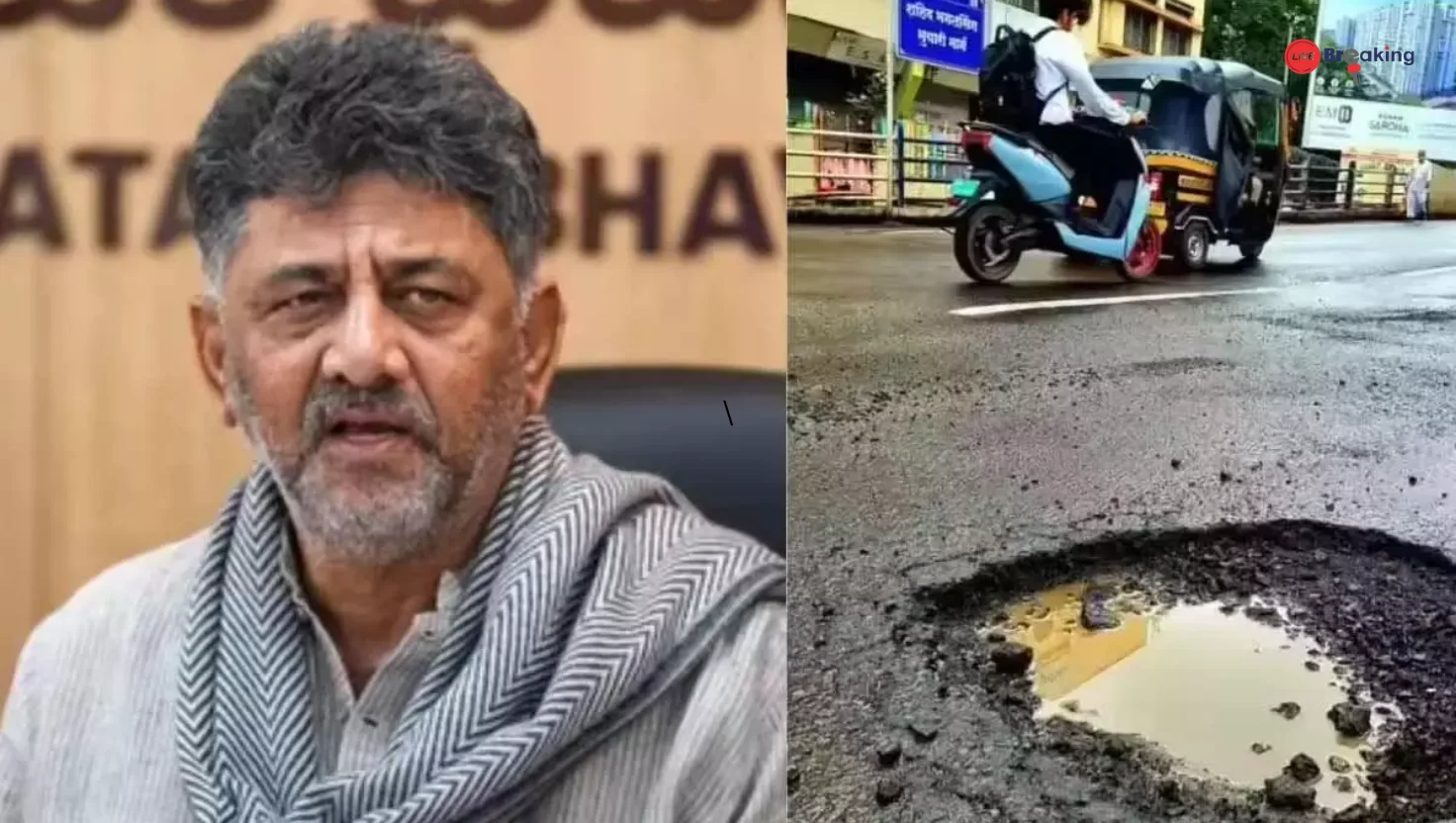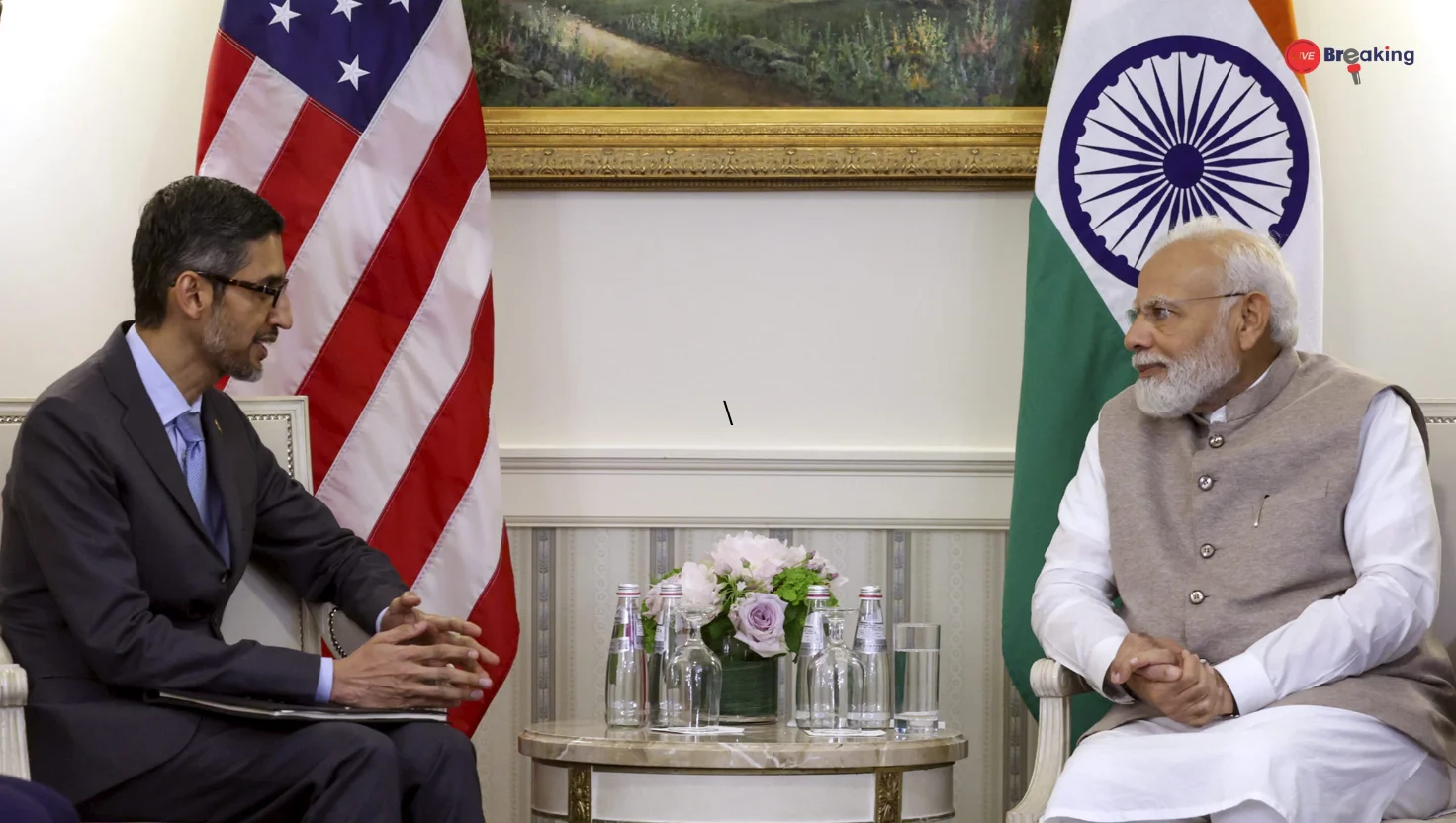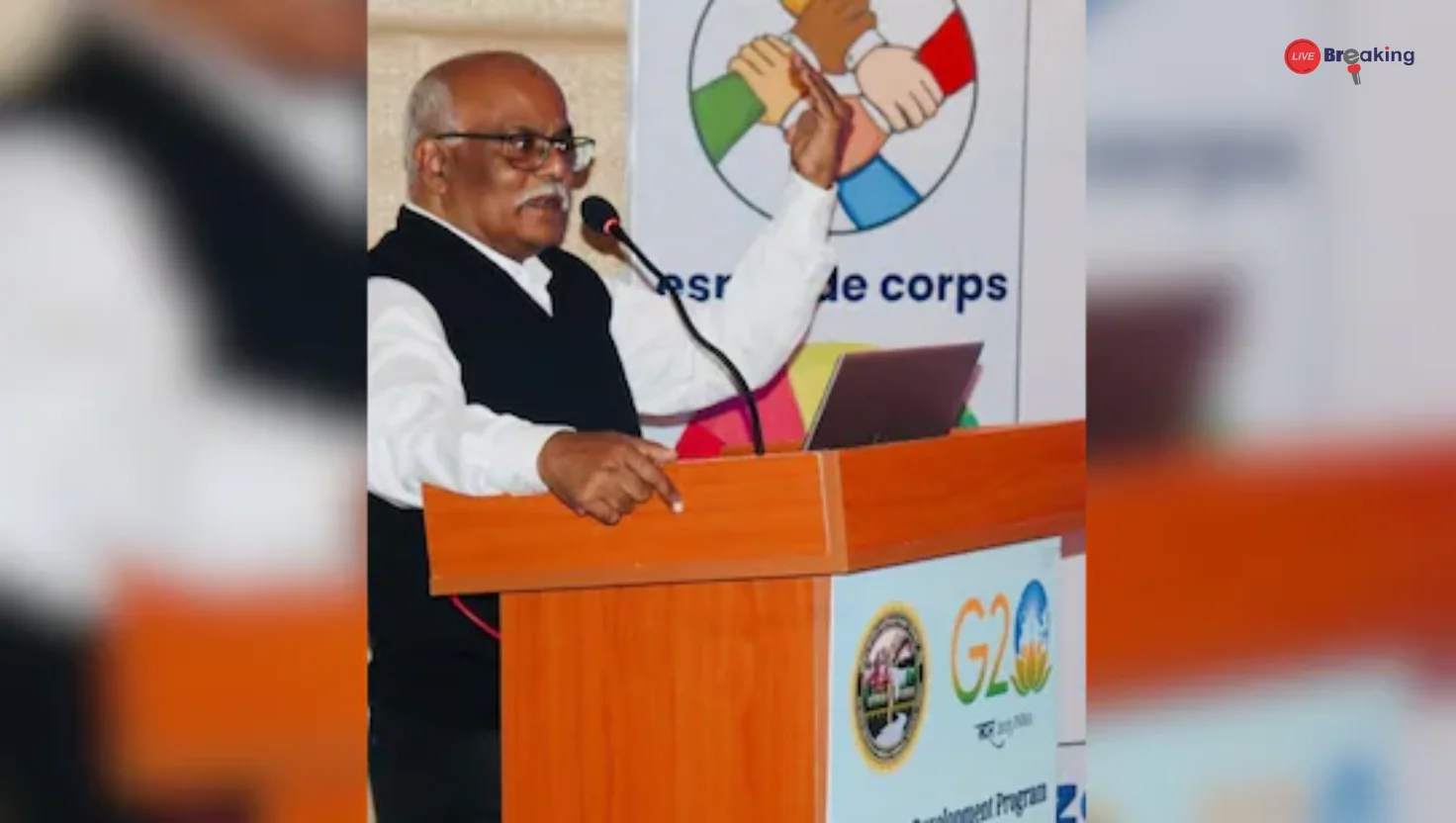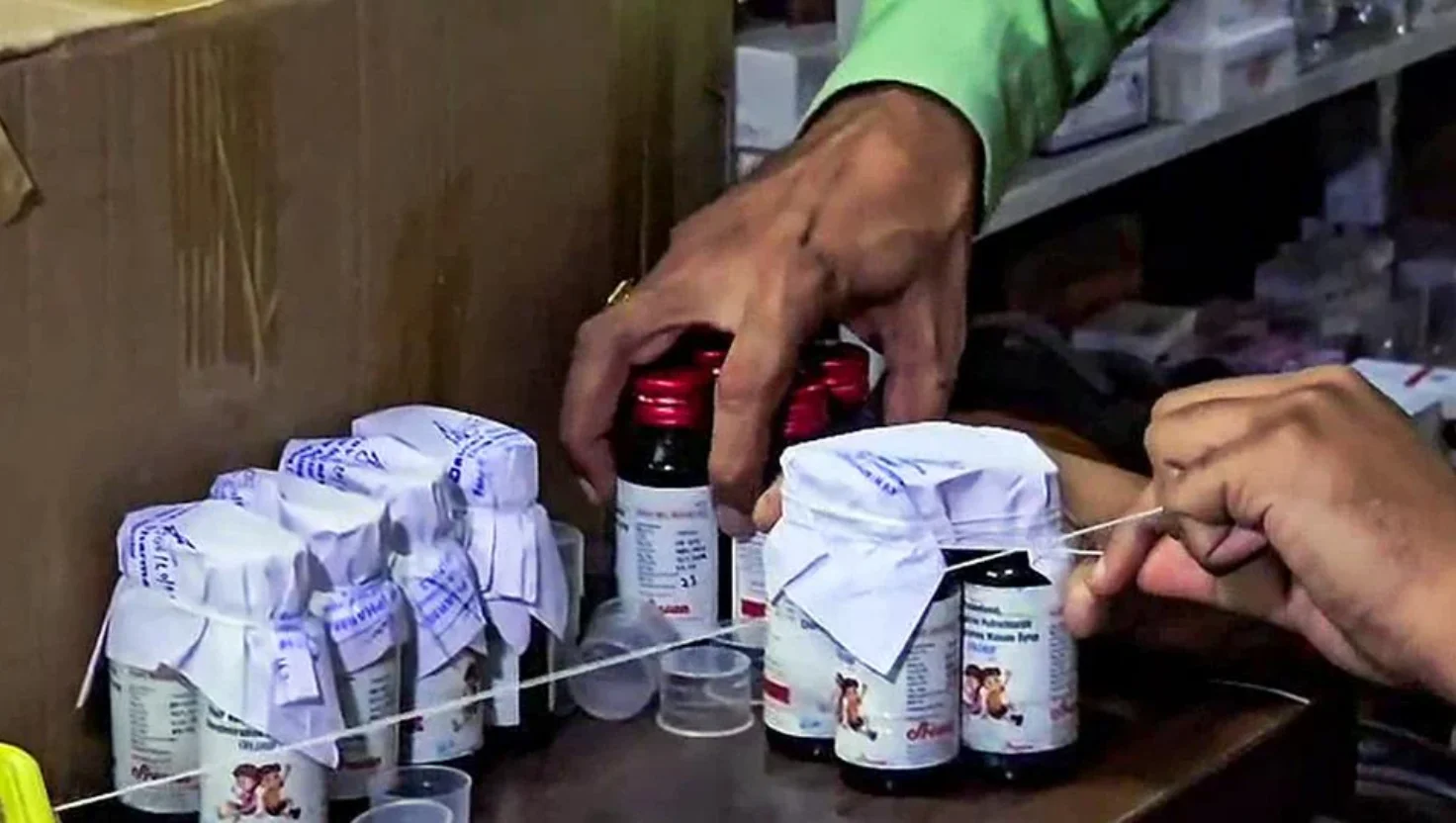Massive Jam On Delhi-Kolkata Highway, Vehicles Stuck For 4 Days
A massive traffic jam on the Delhi-Kolkata highway has left thousands of commuters stranded for the fourth consecutive day, turning one of India’s busiest routes into a miles-long stretch of motionless vehicles. What began as a localized slowdown near a construction zone has snowballed into a full-blown gridlock, paralyzing the flow of goods and passengers between northern and eastern India.
The congestion, which started late last week near the industrial belt in Uttar Pradesh’s Auraiya and Etawah districts, has now spread across several adjoining stretches of National Highway 2 (NH2), part of the Golden Quadrilateral. Long queues of trucks, buses, and private vehicles can be seen stretching for over 50 kilometers, with weary drivers forced to sleep in their vehicles and ration food and fuel.
A Journey Turned into Ordeal
What is typically a 20-hour drive between Delhi and Kolkata has turned into an ordeal lasting days. Truck drivers carrying perishable goods report that tons of vegetables, fruits, and dairy products are rotting in the heat, while passengers on long-distance buses remain trapped in sweltering conditions with limited access to food, water, or sanitation facilities.
“I have been stuck here since Saturday morning,” said one truck driver heading to Bihar. “The line doesn’t move more than a few meters in hours. There’s no clear information, no help, and no way to turn around.”
Small roadside eateries, petrol stations, and dhabas along the route have run out of supplies, as the prolonged standstill has attracted desperate commuters looking for food and water. Local residents have stepped in to distribute bottles of water and snacks to stranded travellers, while volunteers and local police try to restore some order.
Construction Bottleneck and Poor Traffic Management
Authorities attribute the initial cause of the jam to ongoing road repair work and lane closures on a key section of the highway. Heavy rain and diverted traffic from other routes worsened the situation, while a few breakdowns and accidents created additional bottlenecks. However, commuters and transport unions blame poor planning and lack of coordination among agencies for allowing the situation to spiral out of control.
Truck operators say that the absence of clear diversion routes or timely updates left thousands unaware of the scale of the disruption until they were already trapped. The gridlock has not only disrupted personal travel but also choked the movement of goods to industrial hubs in Kanpur, Varanasi, Dhanbad, and Asansol.
Economic and Logistical Ripple Effects
The highway jam is having wide-ranging economic implications. With NH2 being a major lifeline for freight between Delhi and the eastern states, the standstill has delayed deliveries, hit fuel and food supply chains, and led to significant losses for transport companies. The Federation of Transporters’ Associations has estimated that daily losses could run into several crores due to halted cargo and wasted fuel.
“Every hour of delay means missed deliveries and spoiled goods,” said a logistics operator from Howrah. “If this continues, it will impact factory production schedules and supply contracts.”
Read more: No Remorse, No Responsibility’: Madras HC Slams Vijay Party Over Stampede
The situation has also caused a surge in transport costs, as vehicles stuck for days consume additional diesel while idling in traffic. Some companies are already warning of delays in shipments and price fluctuations in perishable commodities reaching eastern markets.
Rescue Efforts and Official Response
Traffic police and highway authorities have deployed additional personnel to ease congestion and set up control rooms along affected stretches. Emergency towing vehicles and cranes have been dispatched to remove stalled trucks and clear lanes. However, progress remains slow due to the sheer density of vehicles and limited space to maneuver.
Officials have appealed to drivers to avoid the route temporarily and use alternative highways via Agra and Lucknow until the situation stabilizes. Meanwhile, efforts are underway to complete road repair work and open blocked lanes within the next 48 hours.
Commuters Demand Accountability
Angry commuters have taken to social media to share videos of the massive jam, with many questioning the lack of preparedness and coordination. Several posts show people cooking on the roadside, children sleeping inside cars, and vehicles stranded as far as the eye can see.
Read more: India Warns Pakistan: Avoid Aggression Over Sir Creek Dispute
“This is not just a traffic jam; it’s a complete breakdown of management,” wrote one traveller. “We deserve better infrastructure and quicker communication.”
The Road Ahead
The Delhi-Kolkata highway is one of India’s most vital arteries, linking key industrial and trade centers. The ongoing gridlock serves as a stark reminder of how fragile that connectivity remains when faced with poor planning, inadequate communication, and extreme pressure on infrastructure.
As authorities scramble to clear the congestion, the ordeal faced by stranded commuters underscores a pressing need for improved highway management, real-time traffic updates, and better contingency measures for large-scale disruptions. Until then, thousands remain trapped on NH2 — waiting, weary, and hoping for movement after four long days of stillness.

